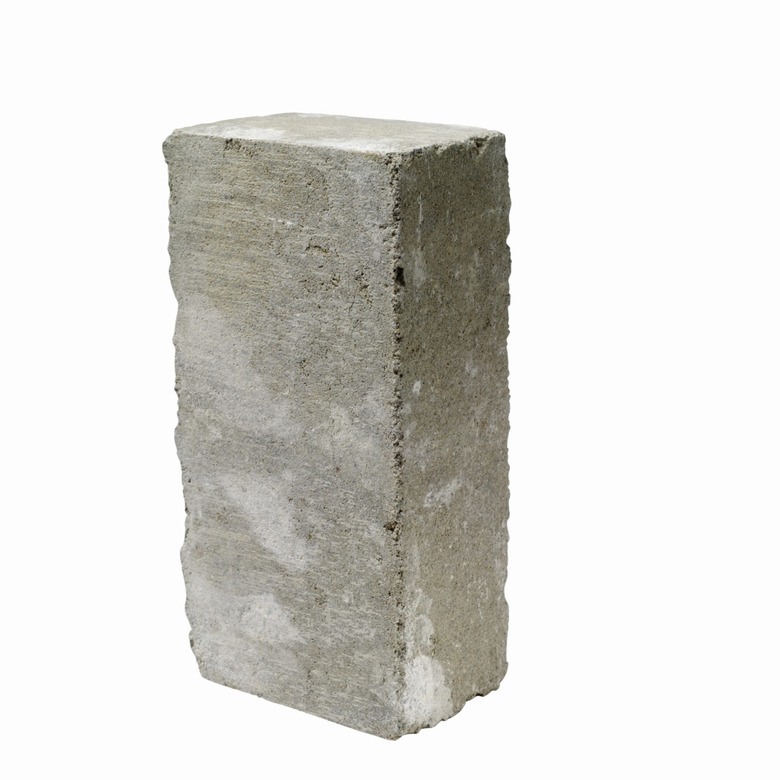Materials That Absorb & Reflect Solar Energy
Every material absorbs and reflects some solar energy. However, some materials absorb far more than they reflect, and vice versa. The amount of solar energy a material will absorb or reflect depends on a number of physical properties. Dense materials tend to absorb more solar energy than less dense materials. Color and coating also affect the amount of solar energy that an object can absorb or reflect.
Material Properties
Material Properties
As the density of a material increases, its ability to absorb solar energy typically also increases. For example, dense materials, such as adobe, concrete and brick, absorb a large amount of solar energy. Less dense materials, such as Styrofoam and some wood, do not absorb as much solar energy. These properties may vary according to the coating of the material. For example, if a dense material such as concrete were coated with a highly reflective coating, it would not absorb as much energy.
How Does Color Affect Absorption and Reflection?
How Does Color Affect Absorption and Reflection?
Solar energy reaches us at different wavelengths. The different wavelengths associated with visible light make up the different colors of the rainbow. When we see a material's color, we are seeing the reflection of that wavelength of light. For example, a blue material reflects blue light. White materials reflect a large amount of visible light. Black materials absorb a large amount of visible light. Therefore, darker materials will absorb more solar energy than lighter materials.
Where Does the Energy Go?
Where Does the Energy Go?
When a material absorbs solar energy, the energy is transferred to the atoms in that material. Eventually, this material is released as heat. Depending on the properties of the material, this process can occur at different speeds and intensities. For example, concrete will release heat slowly, whereas a piece of metal might radiate heat quickly after absorbing it. The difference in heat emission is related to the difference in thermal conductivity of the materials. Metal conducts heat more readily than concrete. Therefore, heat will spread through metal quicker than it does through concrete.
How Can We Use This Knowledge?
How Can We Use This Knowledge?
We can use the knowledge of material properties in order to construct efficient devices, buildings and other technology. For example, material properties related to heat emission are extremely useful in building passive solar structures. In a passive solar building, it is important to use material that will store the day's solar energy and slowly emit it over night. In building design, this property is called a material's "thermal mass."
Cite This Article
MLA
Murmson, Serm. "Materials That Absorb & Reflect Solar Energy" sciencing.com, https://www.sciencing.com/materials-absorb-reflect-solar-energy-8878/. 24 April 2017.
APA
Murmson, Serm. (2017, April 24). Materials That Absorb & Reflect Solar Energy. sciencing.com. Retrieved from https://www.sciencing.com/materials-absorb-reflect-solar-energy-8878/
Chicago
Murmson, Serm. Materials That Absorb & Reflect Solar Energy last modified March 24, 2022. https://www.sciencing.com/materials-absorb-reflect-solar-energy-8878/
